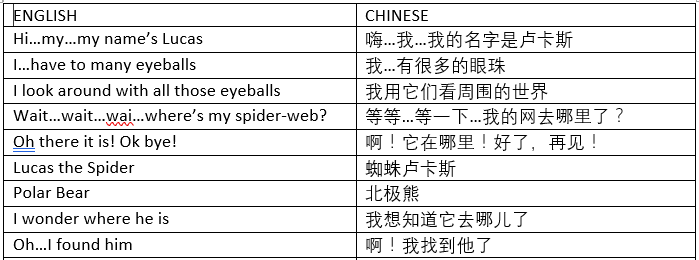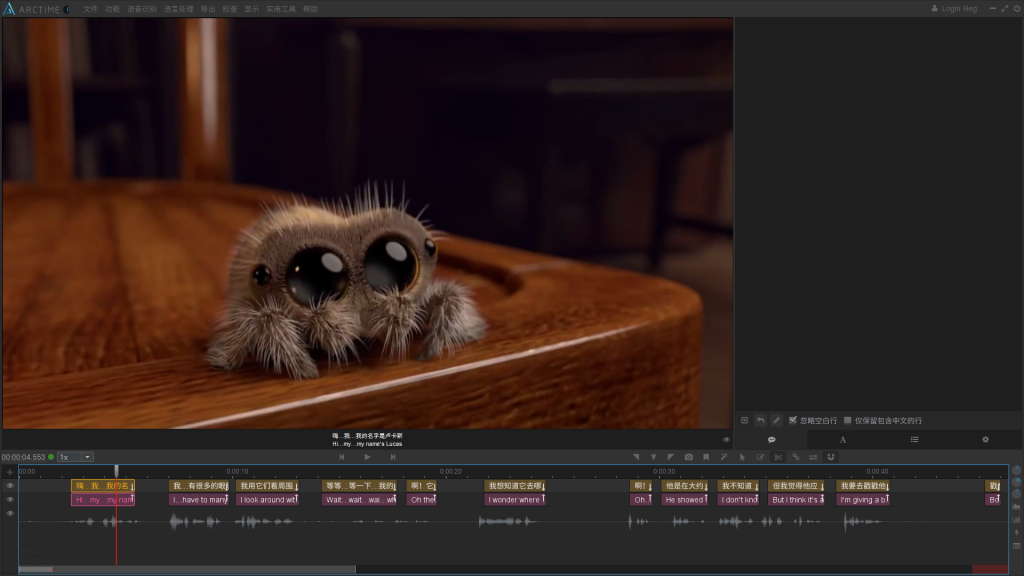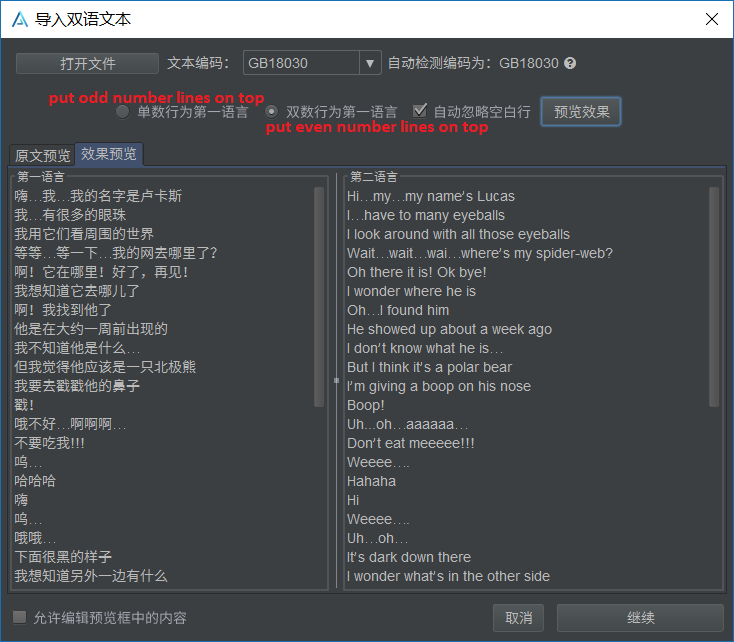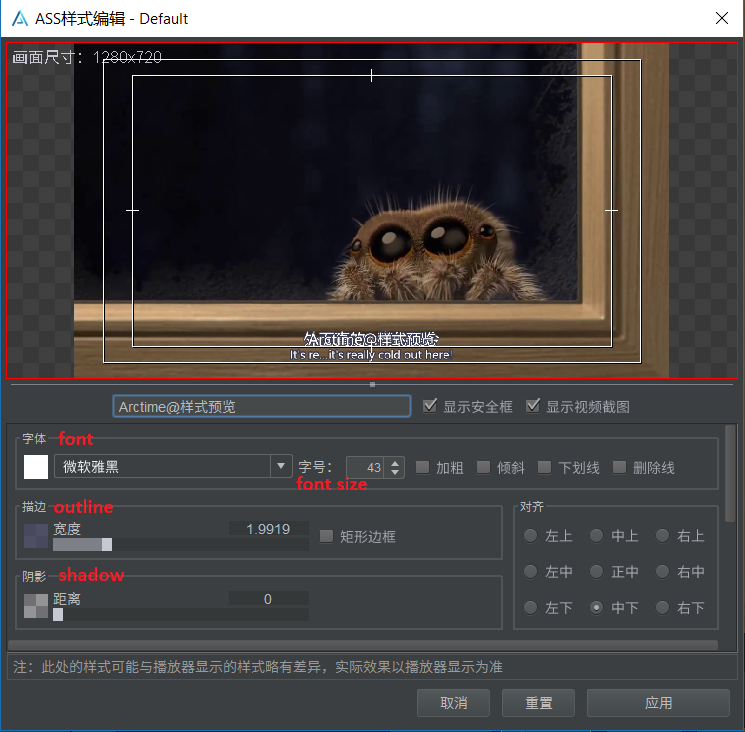What Animation Software Was Used To Make Lucas The Spider
In the Multilingual DTP and Audio/Video Localization course, we were introduced with various DTP and A/V localization tools. For the concluding project of this form, I localized several animation clips chosen Lucas the Spider, and each video is approximately 30 seconds long. In this blog, I'll talk about what I have washed, and about importantly, the tools I used.

Adding Opening and Ending credits (VSDC)
As shown in the above screenshot, some of the video clips already have an intro part at the offset. To maintain the consistency, I added a similar opening credits office to other videos as well.
Photoshop: I took a screenshot of the existing video intro, imported it into photoshop, and used the content-aware function to remove the video title.

VSDC: The tool I used for creating the opening and ending credits video is a free video-editing tool called VSDC. I imported the cleaned version photo into VSDC as the background layer, then I created a text layer and chose an effect for it. I dragged the layer bar to adjust its elapsing. The same applied to the catastrophe credits video.
All-time practice: At that place are some pre-set effects like "fade in" and "fade out" in VSDC. There is no demand to change the opacity to create such effects as what needs to be done in Later Effects.

Merging the videos together (VSDC)
So I merged the clips together to create 1 video. Video merging can be easily done in VSDC by creating multiple layers, but if you do non want to download a desktop software, here are some online tools for video merging: Aconvert, mergevideo.online.
Best practice: Before merging the videos, information technology is necessary to make sure that all the videos are in the same format (.mp4, .avi, .mkv, .rmvb, etc.). cloudconvert is a free online video format converting tool.
Subtitling and translating on-screen texts (ARCTIME + VSDC)
Word: Earlier adding subtitles to the video, I made a picture list to translate all the lines in the video from English to Simplified Chinese.

Arctime: Then I added bilingual subtitles to the video by using a tool called Arctime. It is a very easy-to-use tool that I just needed to import the video and a bilingual text file, and then I can create subtitles past dragging them to the right position.

VSDC: Then I added subtitles for on-screen texts in VSDC by creating another Chinese text layer and selecting the same effects as English language texts.
Best practices: 
- Afterward importing the bilingual text file into Arctime, you can preview the text and choose which language appears on the top (the odd number lines or the fifty-fifty number lines).

- It is easy to change the look of the subtitles past choosing a different font, font size, font colour, shadow, position and so forth.
Challenges:
- The biggest claiming of using Arctime is that there is no Disengage part in this software. Once I got something wrong (accidentally split the subtitle), I would take to delete that subtitle and put it back in once again.
- This tool but has Simplified Chinese version for now (localization is needed!), but the programmer who developed this tool said he is planning to localize information technology into English in the near future.
My biggest take away from this projection is being resourceful. At that place are many free and handy tools on the market for us to choose from, and beneath is a listing of tools I have tried out during doing this project. Information technology is important for united states of america to cull the most suitable tools for different projects.

Please complimentary feel to download the project avails:
- Original Videos
- Opening and Ending Credits Videos
- Finished Video
- Presentation PowerPoint
Source: https://sites.miis.edu/runyul/2018/05/13/lucas-the-spider-video-localization/
Posted by: stevensonablents.blogspot.com

0 Response to "What Animation Software Was Used To Make Lucas The Spider"
Post a Comment